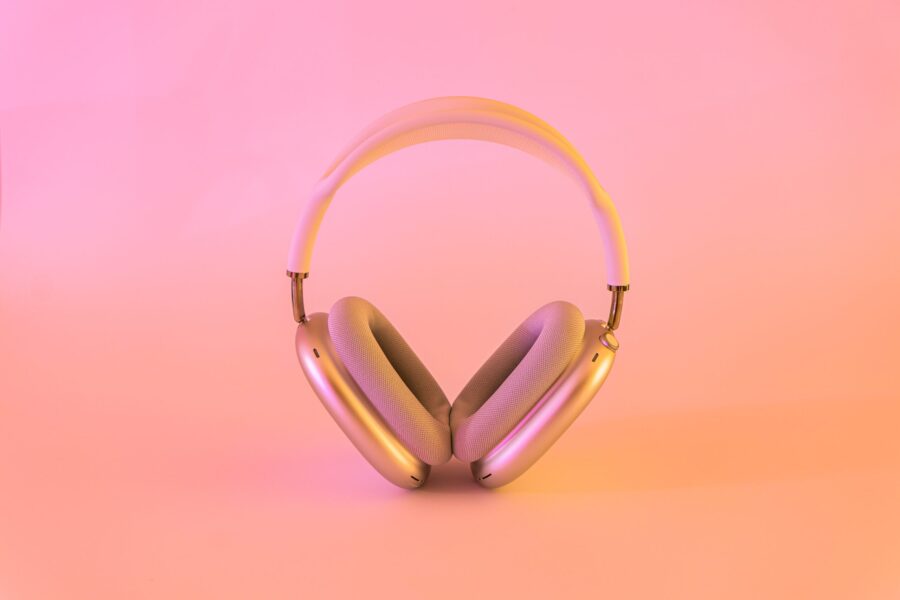What Are “Pink” & “Brown” Noise? What Can They Do For Your Brain?
You’ve likely heard of “white noise,” but “pink noise” and “brown noise”? What are they, and how do they affect your brain? A VeryWellMind.com article explores the various types of noise and how they may help you relax or may even help neurodivergent people focus.
As it turns out, sound, like light, comes in colors. The “color” of a sound is based on its mix of frequencies and how energy is distributed amongst them. White noise – for example, the steady whirring of a fan or static on a television – is the most commonly recognized. In white noise, energy is distributed equally amongst all audible frequencies. Many people use white noise as background noise to help them relax, especially at bedtime.
According to the article, “Pink noise boosts lower frequencies, and brown noise picks up the lowest frequencies, like the sound of thunder or a roaring waterfall.” Doctor of audiology Amy Sarow, AuD, explains that certain hues of sound change the base state of the brain. Brown noise, which contains lower frequencies many find soothing, is similar to the brain’s resting state, which is why it helps people to relax. Brown noise playlists have also been created to help babies, since it mimics the sound inside a mother’s womb.
Beyond relaxation, some small research studies have shown that pink and brown noise may help people with ADHD focus. Andrew Kahn, PsyD, explains the Moderate Brain Arousal model: the idea that the brains of people with ADHD have “lower levels of internal stimuli or noise,” and dopamine levels determine how much noise is required for optimal cognitive performance. This model posits that people with ADHD may benefit from the extra stimulation brown noise provides when studying or trying to focus.
Pink noise, which picks up frequencies in between white and brown noise, is believed to assist in sleep. Some people find it more restful than white noise, because it contains deeper sounds than white noise. Research has shown that listening to pink noise at bedtime led to more peaceful sleep.
“People with anxiety tend to be on high alert, and their bodies are always searching for evidence of danger to protect themselves,” Kahn says. “The use of pink or brown noise may reduce their reactivity to those little sounds in their environment and support calming, sleep, or even concentration.” While studies on pink and brown noise have been encouraging, the research sample sizes were small, so Kahn cautions against drawing broad conclusions.
However, if you’d like to try pink or brown noise, natural sources like ocean waves, heavy rain work as well as soundtracks available on YouTube and elsewhere.
To learn more about the colors of noise and their potential brain benefits, read the full article here.
Read the research on why noise may be helpful to people with ADHD here.
Styx, Lo. “What Are Pink and Brown Noise and How Do They Affect Your Brain?” VeryWellMind.com, 23 Oct 2022, https://www.verywellmind.com/exploring-the-potential-of-pink-and-brown-noise-for-neurodivergent-individuals-6751354.
Photo by Ervo Rocks on Unsplash



